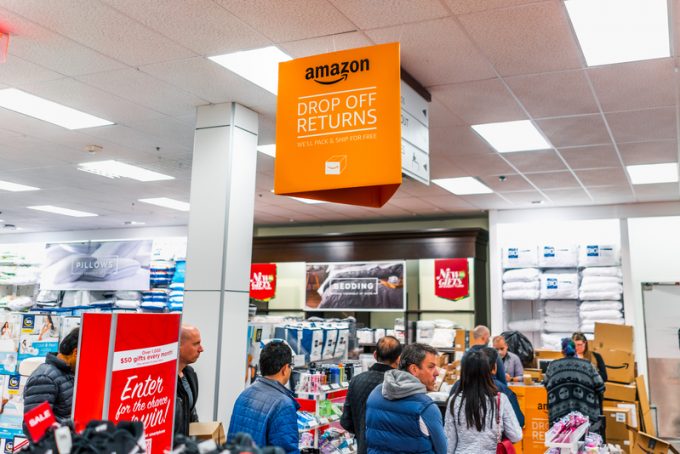Maersk developing the tech to create the 'Amazon of logistics'
Maersk is looking to build an “Amazon for logistics” with its integrator strategy, supported by ...

The torrent of parcel movement in the US has changed direction, as consumers return millions of goods ordered online in the run-up to the holidays.
John Haber, president & CEO of parcel logistics consultancy Spend Management, described it as a ‘returns tsunami’ – a reference to the “parcel tsunami” analysts had predicted for online orders shipped during the peak.
“Last week was the busiest week in returns in history,” he said.
However, Brian Bourke, chief growth officer of Seko Logistics, said: “I wouldn’t call ...
'Disastrous' DSV-Schenker merger would 'disrupt European haulage market'
New senior management for DSV as it readies for DB Schenker takeover
Volumes set to 'fall off a cliff' as US firms hit the brakes on sourcing and bookings
Asian exporters scramble for ships and boxes to beat 90-day tariff pause
Amazon pushes into LTL for small package fulfilment and UPS does a u-turn
Temporary tariff relief brings on early transpacific peak season
Pre-tariff rush of goods from US to China sees air rates soar, but not for long
Forwarders 'allowing the fox into the chicken run' by supporting 'hungry' carriers

Comment on this article